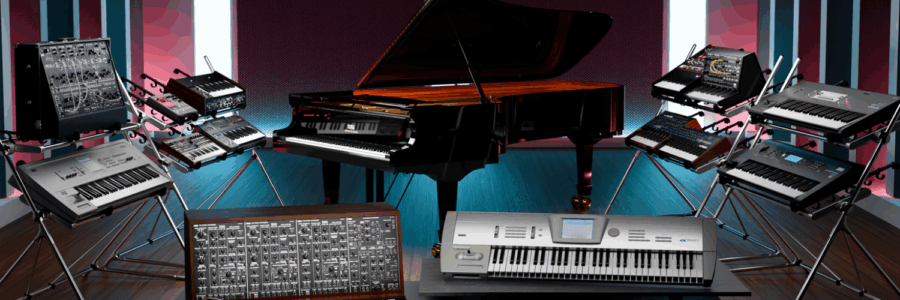Free Antelope Audio MG4+ 6-band EQ

Antelope Audio drops free EQ plugin to celebrate the release of individual perpetual licenses for 75+ plugins.
MG4+ is Antelope’s take on a popular 500-Series six-band analogue EQ renowned for introducing top-end shine and clarity
Back in 2023, Antelope Audio announced that it was making its stable of Synergy Core plugins – which could previously only run on Antelope’s DSP-equipped audio interfaces – available natively on macOS and Windows.
Available exclusively via a subscription plan on launch, Antelope Audio’s collection of Synergy Core Native plugins has since expanded to encompass 75+ titles. Today, the company has announced that it’s making individual licenses for the native plugins available for purchase for the first time.
To mark the occasion, Antelope Audio is giving away a free plugin: MG4+. This is a 6-band EQ based on the Mäag Audio EQ4, a popular 500-Series hardware EQ. EQ4 is known for its Air Band functionality, renamed by Antelope as Sky Band, that opens up a signal’s top end and adds high-frequency shine without introducing harsh sibilance.
MG4+ features boost/cut knobs for five frequency bands (40Hz, 160Hz, 650Hz, 2.5kHz and a sub band around 15Hz) along with frequency selection and gain controls for the Sky Band. Simple but effective, MG4+ should work its magic on vocals, acoustic guitars, or any signal in need of some extra top-end presence and clarity.
Antelope Audio’s catalogue of native plugins is made up of a wide variety of emulations of classic studio gear, from vintage-inspired channel strips, preamps and compressors to recreations of hardware reverbs and delays. These are joined by a number of original plugins designed in-house, such as the InTune pitch correction tool and Space Flanger modulation effect.
“Our plugins are built on a legacy of great sound,” reads a statement from Antelope Audio. “After years of perfecting ultra-realistic analogue modeling for FPGA and DSP processors, we’ve brought that same expertise into the world of native software. The result is a collection that captures the warmth, precision, and musicality of legendary studio gear, now available right inside your DAW.”
Features:
- On/Bypass button
- Sub frequency boost/cut knob
- 40Hz boost/cut knob
- 160Hz boost/cut knob
- 650Hz boost/cut knob
- 5kHz boost/cut knob
- Sky band frequency select knob
- Sky band gain control knob
Antelope Audio’s MG4+ is compatible with macOS and Windows and available in AAX/AU/VST3 formats.
Visit Antelope Audi website to download the plugin and find out more.



